Media Testimonials:
MAGAZINES and INSTITUTIONS put us to the test with remarkable results…
In fact, Eagle’s soybean line is known to produce whopper crops with plants towering up to 7 feet in height, with foliage protein content itself at 35%.
Jeff Burlison
Greener Pastures: Plant New Hybrids
Farmers are saving money AND PROTECTING YIELD by planting Eagle Seed forage soybeans as a catch crop FOR nuisance deer. Deer prefer the Eagle Soybeans because of the higher sugar content and highly palatable leaves. In a Maryland study, Big Fellow® produced 60 bushels per acre and 40 bushels per acre under heavy browse. The sugar content of the Eagle forage soybeans “spiked” and was 30 mg/g higher in total sugars. It was also much higher in fructose and glucose.
Published Data
University of Delaware, University of Maryland and Virginia Tech
Eagle Seed soybeans are forage beans that are designed to produce mass quantities of leaves and do so very quickly. A customer of mine tested his Eagle Seed leaves last summer at 35% protein. They are Roundup Ready, making them the go-to seed.
Matt Haun
North American Whitetails
Instead of short and squatty, this company’s varieties climb high, and spread wide and really put out the leaves. Some leaves tallied 42% protein in university trials and tested out at 9.6 tons of dry matter per acre. The beans will continue feeding deer into the winter. These soybeans are the most innovative new food plot for whitetails in years.
J. Guthrie
North American Whitetails
Now I think I’ve finally come upon the best food plot for our deer. Eagle soybeans grow twice as tall, with much larger leaves. These Eagle beans continue to grow and produce high-protein forage for up to 6 weeks longer. In fact, the soybeans grow so tall that deer will bed down in them. They are also drought tolerant.
Gerald Almy
Hunting and Fishing Editor of Sports Afield
“The emphasis with a forage soybean is on the foliage, but they still have great bean pods.” Chuck Sykes, Director of Alabama Fisheries and Wildlife recommended the soybeans offered by Eagle Seeds.
Tim Lilley
Arkansas Sportsman
Customer Testimonials
Just a few of our customer success stories…
IF YOU’D LIKE TO SUBMIT YOUR OWN, PLEASE EMAIL THEM TO [email protected]
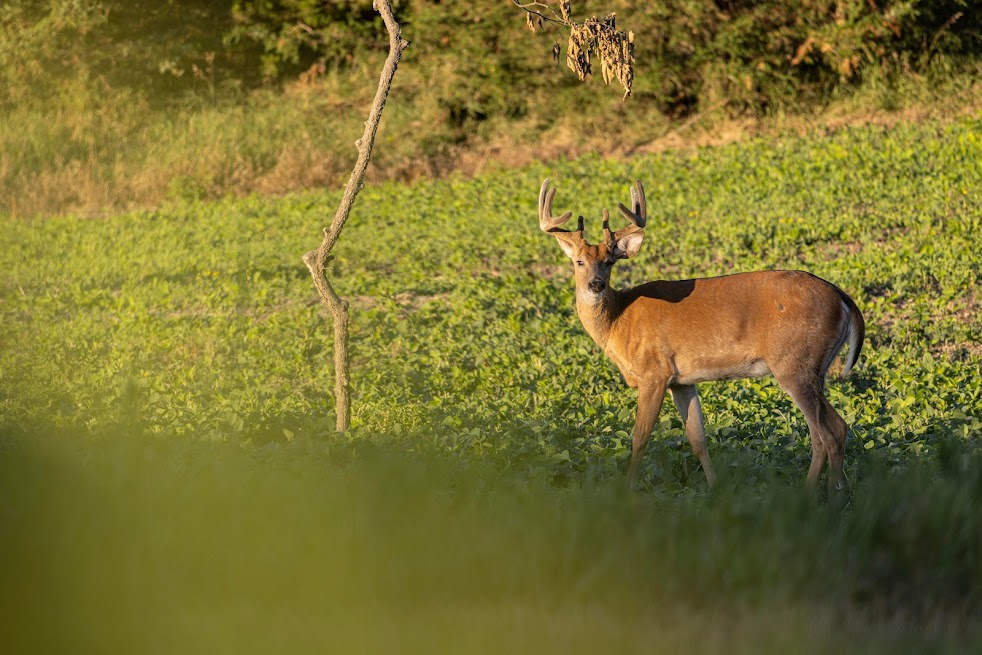
“This seed is WAY better than _____ _____, which I tried for 5 years without success. I see deer on my Smorgasbord plot 24/7.”
KEN A., PENNSYLVANIA
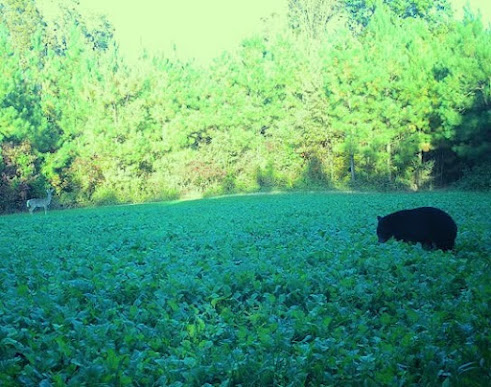
“Everything enjoys Smorgasbord®. Here are bears and deer in the same plot.”
MATT G, RICHMOND, VA
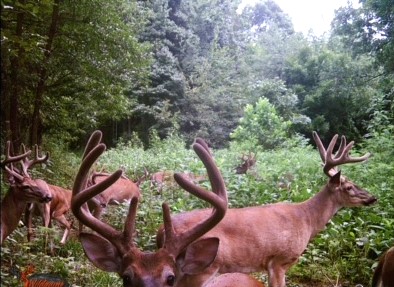
“Big Bucks everywhere. It’s like this everyday on my MultiMax® plot!”
MICHELLE, CONWAY, AR
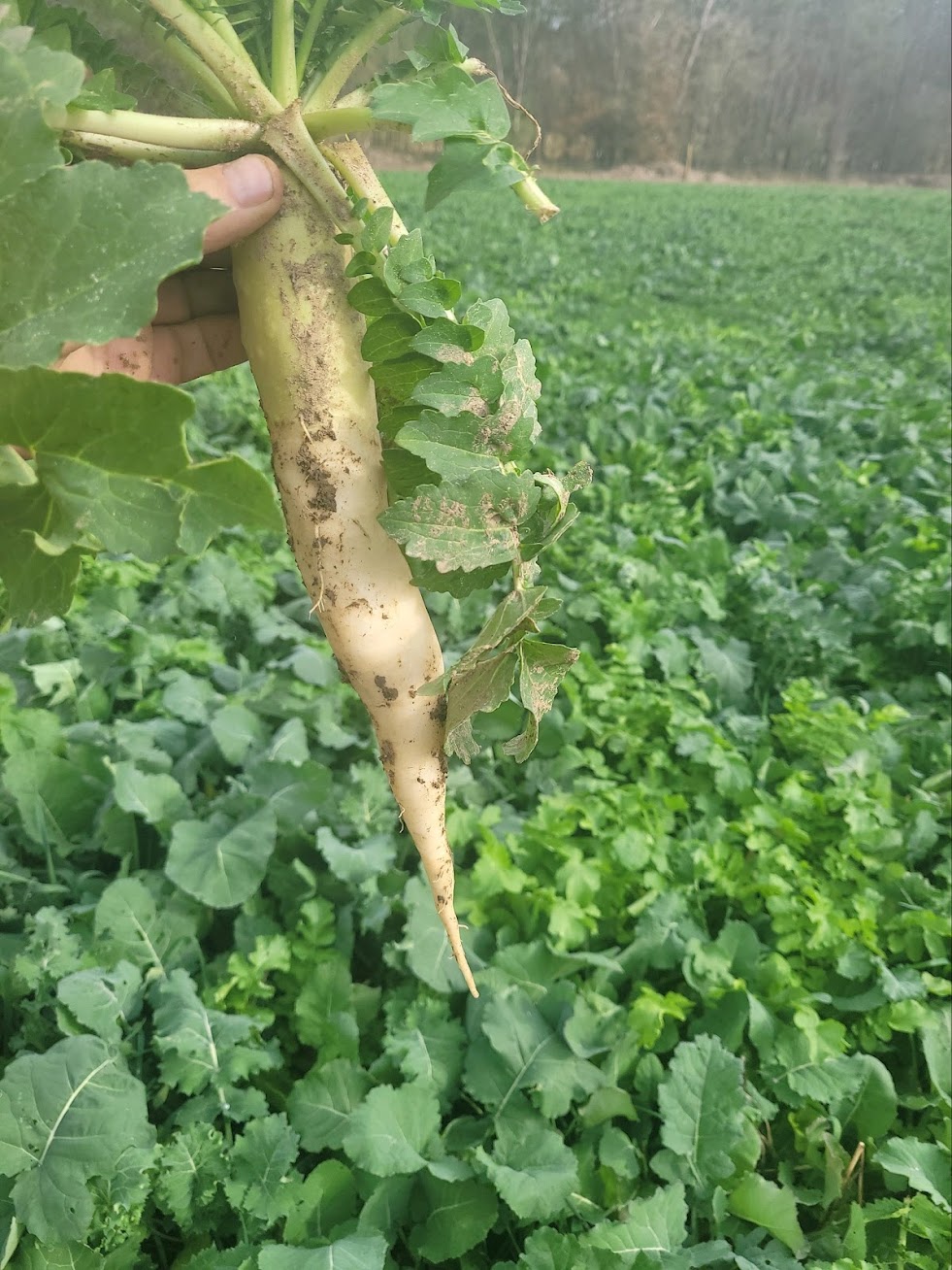
“Thanks Eagle Seed for my best food plots ever on my property!”
TERRY C, OKOLONA, AR
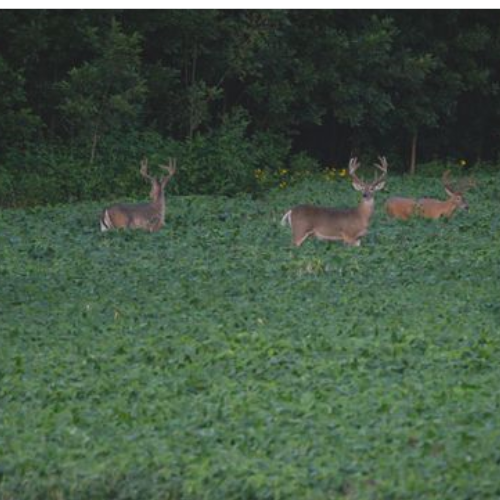
Watching deer in Eagle Seed plots and harvesting them is EXTREMELY REWARDING.
John J.
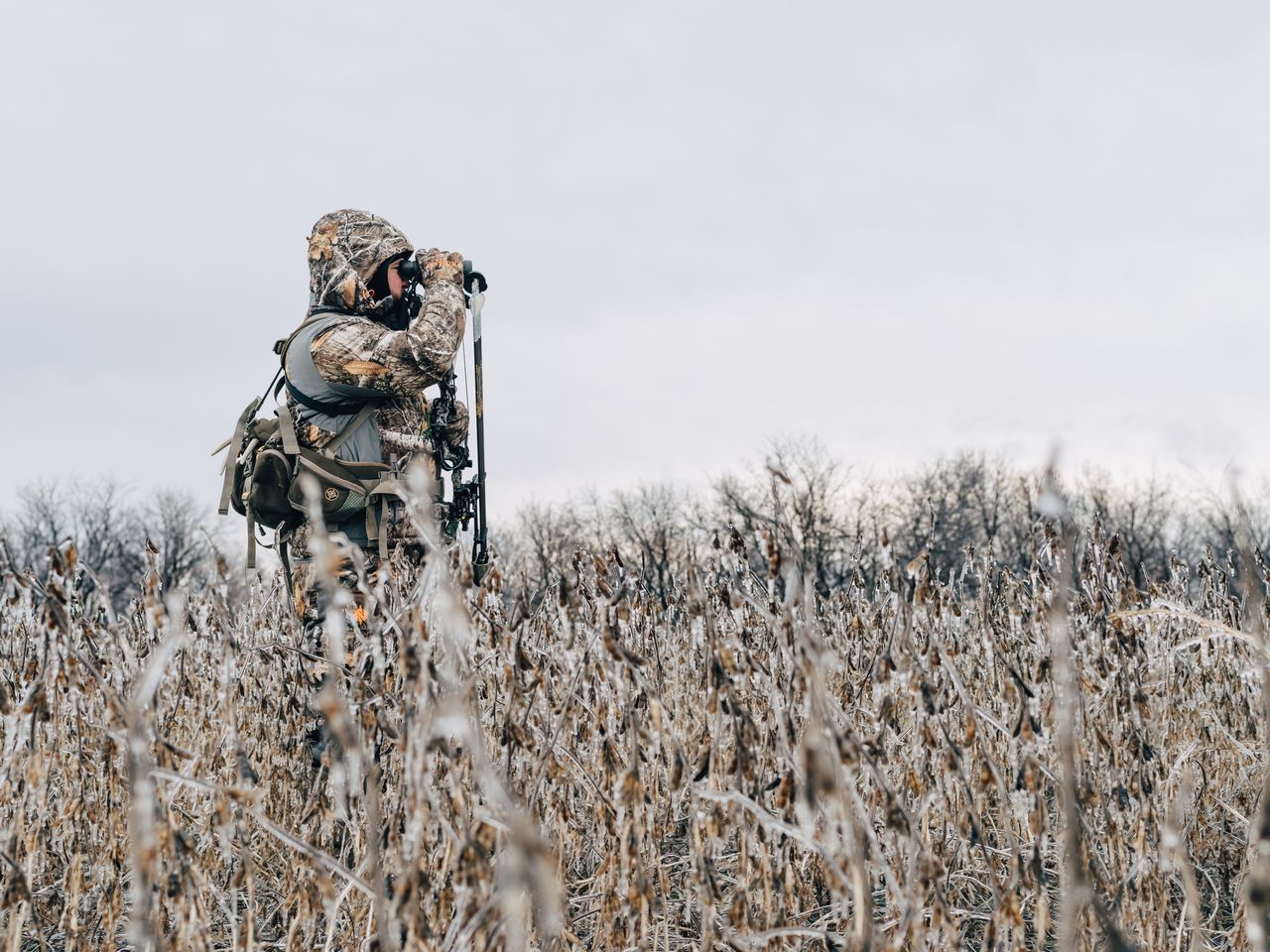
The deer are STILL DIGGING YOUR EAGLE SEED SOYBEANS out from under 2 feet of snow up here.
Tony
NE Iowa
